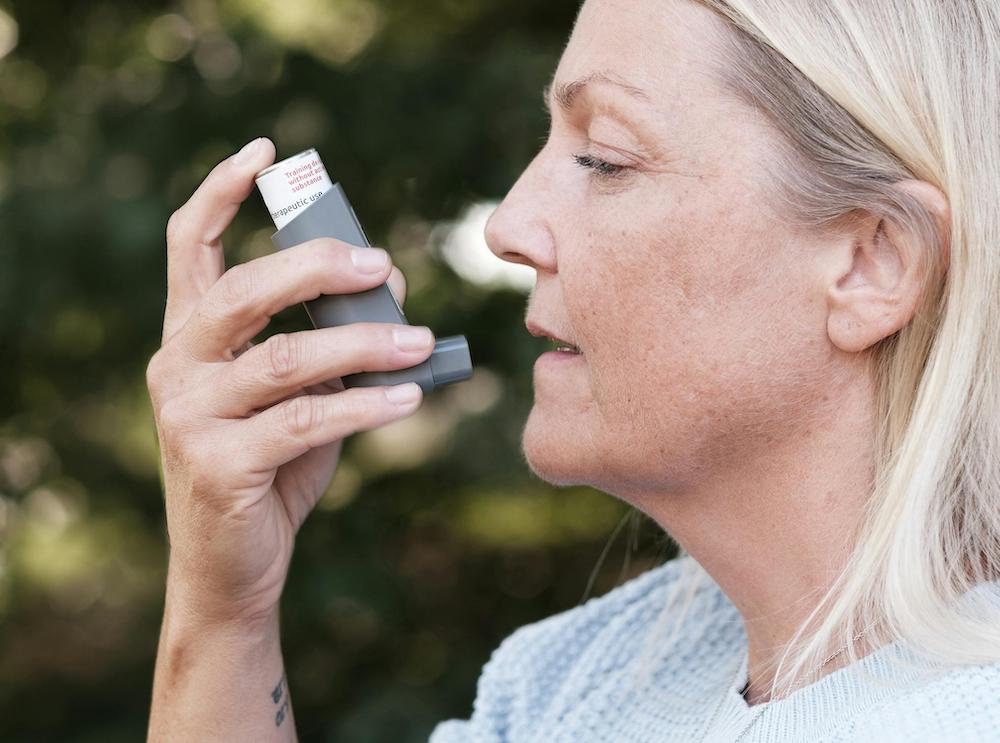
Tips for Managing COPD Symptoms and Living a Better Life
Chronic Obstructive Pulmonary Disease (COPD) affects millions of people worldwide, often bringing with it a host of physical, emotional, and lifestyle challenges. While there’s no cure for COPD, the right strategies and support can make a meaningful difference in symptom control and quality of life. Living with COPD doesn’t have to mean giving up the activities you love or feeling helpless about your health. With a proactive approach to managing symptoms, staying active, maintaining emotional well-being, and adhering to medical recommendations, individuals with COPD can continue to live full and rewarding lives. This post explores practical and proven tips to help anyone living with COPD breathe easier—both physically and emotionally.
Establishing a Consistent Treatment Routine
One of the most crucial steps in managing COPD effectively is following a consistent treatment plan as prescribed by your healthcare provider. This usually includes taking medications like bronchodilators, inhaled steroids, and, in some cases, oxygen therapy. Sticking to your prescribed medication schedule can significantly reduce flare-ups and hospital visits. It’s also important to attend regular doctor visits to monitor your lung function and adjust treatments when necessary. Keeping a symptom diary can help track changes in breathing, coughing, or fatigue, providing valuable insights for your doctor. Don’t underestimate the importance of vaccinations either—flu and pneumonia vaccines can prevent complications that could worsen your condition.
Focusing on Mental Health and Physical Well-Being
Taking care of both your mental health and physical well-being is crucial for your quality of life. Physical activities, as seen at https://www.convivacarecenters.com/en/resources/does-exercise-help-copd.html, play an essential role in boosting both mental and physical health. Exercise releases endorphins, the body’s natural mood lifters, which can help reduce feelings of anxiety, depression, and stress. Regular movement also improves physical health by enhancing cardiovascular fitness, increasing flexibility, and strengthening muscles. Engaging in physical activities helps foster a sense of accomplishment, builds self-confidence, and encourages positive thinking. Whether it’s a daily walk or a more structured workout, integrating physical activities into your routine can significantly improve both your body and mind.
Improving Breathing Through Pulmonary Rehabilitation
Physical activity may seem daunting when you’re short of breath, but incorporating pulmonary rehabilitation and light exercise into your routine can make a remarkable difference. Pulmonary rehab is a medically supervised program that includes exercise training, nutritional advice, and education about managing COPD. This kind of program helps strengthen respiratory muscles, improve endurance, and reduce symptoms like shortness of breath. Even gentle activities like walking, stretching, or yoga can enhance lung efficiency and energy levels. Always consult your healthcare provider before starting any new exercise plan, and remember that consistency matters more than intensity when it comes to building strength and stamina.
Optimizing Your Home Environment
Living in a COPD-friendly environment is another powerful way to manage your symptoms. Many everyday irritants—such as smoke, dust, strong cleaning products, and poor air circulation—can worsen breathing problems. To create a safer space, ensure your home is well-ventilated, use air purifiers if needed, and switch to non-toxic cleaning products. Avoid exposure to secondhand smoke and stay indoors on days when air quality is poor. If you use a fireplace or cook with gas, consider alternatives or improve ventilation to reduce harmful particulates. Making these environmental adjustments may seem small, but collectively, they can have a substantial impact on your respiratory health and comfort.

Managing COPD is a multifaceted journey that involves more than just medications—it requires attention to lifestyle, emotional well-being, and environment. By establishing a solid treatment routine, staying physically active within your limits, creating a clean and safe home environment, and addressing the emotional side of chronic illness, you can take control of your symptoms and greatly enhance your daily life. With the right tools and mindset, living well with COPD is entirely possible.
Image credit: Pexels









